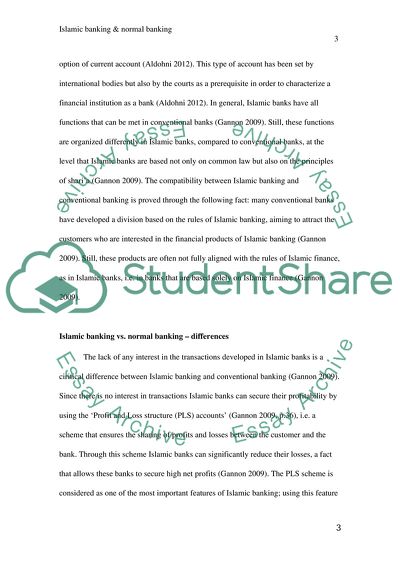Cite this document
(Islamic banking vs normal banking Essay Example | Topics and Well Written Essays - 1750 words, n.d.)
Islamic banking vs normal banking Essay Example | Topics and Well Written Essays - 1750 words. https://studentshare.org/finance-accounting/1834761-islamic-banking-vs-normal-banking
Islamic banking vs normal banking Essay Example | Topics and Well Written Essays - 1750 words. https://studentshare.org/finance-accounting/1834761-islamic-banking-vs-normal-banking
(Islamic Banking Vs Normal Banking Essay Example | Topics and Well Written Essays - 1750 Words)
Islamic Banking Vs Normal Banking Essay Example | Topics and Well Written Essays - 1750 Words. https://studentshare.org/finance-accounting/1834761-islamic-banking-vs-normal-banking.
Islamic Banking Vs Normal Banking Essay Example | Topics and Well Written Essays - 1750 Words. https://studentshare.org/finance-accounting/1834761-islamic-banking-vs-normal-banking.
“Islamic Banking Vs Normal Banking Essay Example | Topics and Well Written Essays - 1750 Words”. https://studentshare.org/finance-accounting/1834761-islamic-banking-vs-normal-banking.


